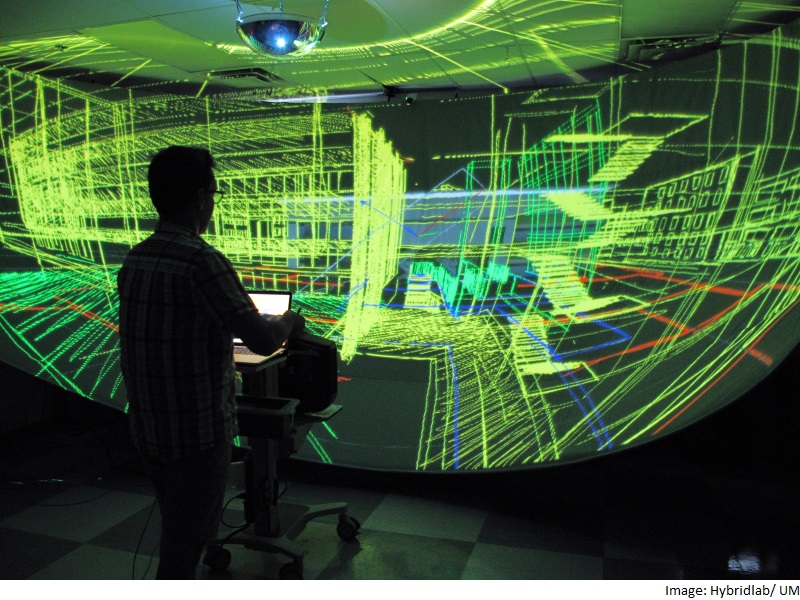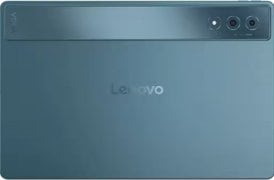- Home
- Laptops
- Laptops News
- Control 3D Computer Cursors via Gestures Soon
Control 3D Computer Cursors via Gestures Soon

The innovation offers designers an opportunity to navigate through and modify their creations manipulating 3D objects with 3D interactions.
"Our new technology challenges the notion of what a cursor is and does," said lead researcher professor Tomas Dorta from the university's school of design.
"The cursor becomes a drawing and controlling plane," he added.
The technique involves using a tablet to control the cursor but since it does not necessarily rely on external tracking of the user's movements, "eventually other devices such as smartphones or watches can be used," the authors noted.
The team explained how the cursor selects objects in space. The users simply sweep the 3D cursors through.
"For the manipulations of objects, the users can use gestures and movements such as pinching and orientation," Dorta noted.
The cursor is being demonstrated with the Hyve-3D design system, a full scale immersive 3D environment that enables users to create drawings on hand held tablets.
These can then be manipulated on the tablets to create a 3D design within the space.
As the designers are immersed in their work, for example designing a living room, they can test different furniture options according to the scale and even work on the interior detailing.
The immersive images are the result of an optical illusion created by a high-resolution projector.
Specialised techniques render the 3D scene onto a spherical projection in real time.
The findings were shared at the "SIGGRAPH 2015" conference in Los Angeles on Sunday.
Get your daily dose of tech news, reviews, and insights, in under 80 characters on Gadgets 360 Turbo. Connect with fellow tech lovers on our Forum. Follow us on X, Facebook, WhatsApp, Threads and Google News for instant updates. Catch all the action on our YouTube channel.
Related Stories
- Samsung Galaxy Unpacked 2025
- ChatGPT
- Redmi Note 14 Pro+
- iPhone 16
- Apple Vision Pro
- Oneplus 12
- OnePlus Nord CE 3 Lite 5G
- iPhone 13
- Xiaomi 14 Pro
- Oppo Find N3
- Tecno Spark Go (2023)
- Realme V30
- Best Phones Under 25000
- Samsung Galaxy S24 Series
- Cryptocurrency
- iQoo 12
- Samsung Galaxy S24 Ultra
- Giottus
- Samsung Galaxy Z Flip 5
- Apple 'Scary Fast'
- Housefull 5
- GoPro Hero 12 Black Review
- Invincible Season 2
- JioGlass
- HD Ready TV
- Laptop Under 50000
- Smartwatch Under 10000
- Latest Mobile Phones
- Compare Phones
- Redmi Note 15 5G
- Redmi Note 15 Pro 5G
- Redmi Note 15 Pro+ 5G
- Lava Play Max
- Poco C85 5G
- Honor Magic 8 Lite
- Jolla Phone
- Realme P4x 5G
- Asus ProArt P16
- MacBook Pro 14-inch (M5, 2025)
- OnePlus Pad Go 2
- Poco Pad M1
- Just Corseca Skywatch Pro
- Honor Watch X5
- Acerpure Nitro Z Series 100-inch QLED TV
- Samsung 43 Inch LED Ultra HD (4K) Smart TV (UA43UE81AFULXL)
- Asus ROG Ally
- Nintendo Switch Lite
- Haier 1.6 Ton 5 Star Inverter Split AC (HSU19G-MZAID5BN-INV)
- Haier 1.6 Ton 5 Star Inverter Split AC (HSU19G-MZAIM5BN-INV)

















